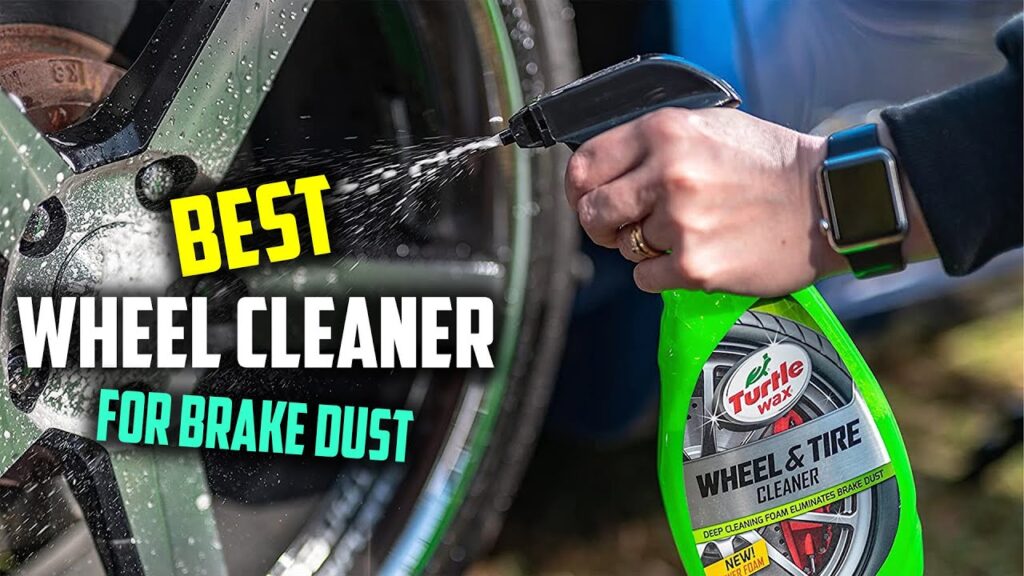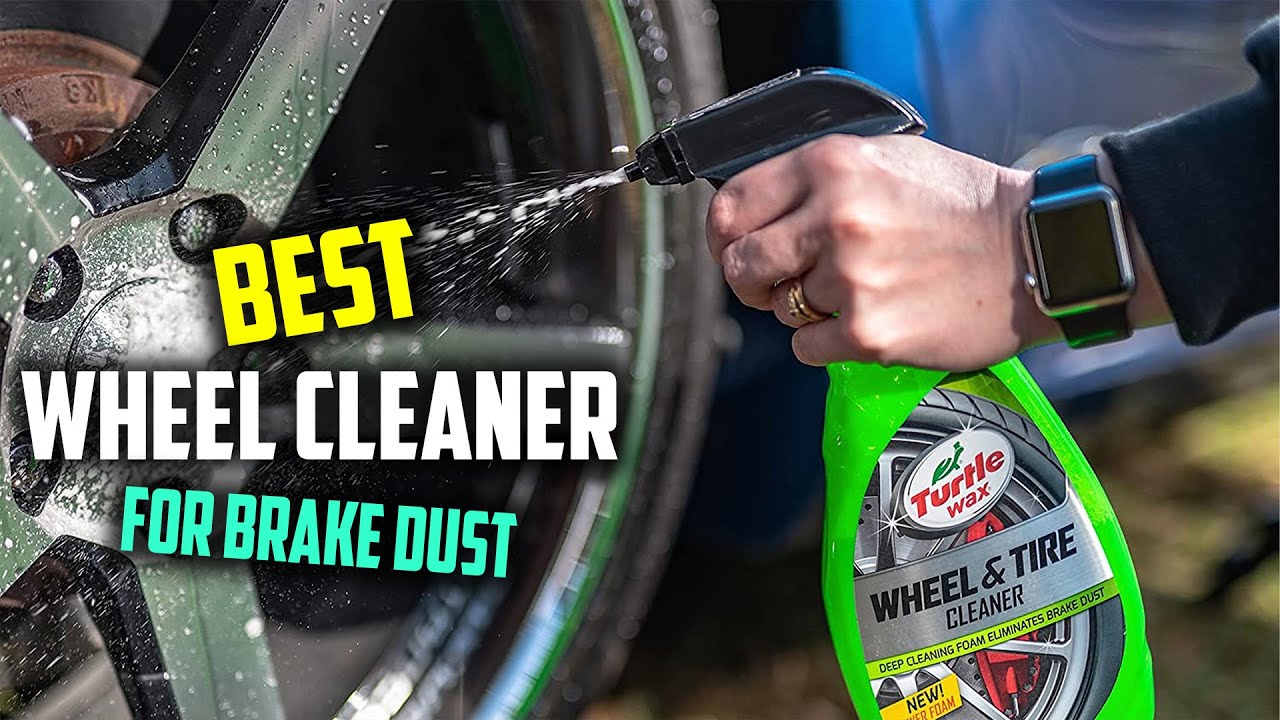
The Best Way to Remove Brake Dust From Wheels: A Comprehensive Guide
Brake dust. It’s the bane of every car enthusiast’s existence. That fine, gritty, dark residue that clings stubbornly to your wheels, diminishing their shine and making your vehicle look unkempt. But what exactly is brake dust, and what’s the best way to remove brake dust from wheels without damaging them? This comprehensive guide will break down everything you need to know, from understanding the composition of brake dust to the best cleaning methods and preventative measures.
Understanding Brake Dust
Brake dust is primarily composed of metallic particles from your brake pads and rotors as they grind together during braking. This friction creates heat and sheds microscopic particles. The composition also includes carbon fibers and adhesives from the brake pad material. The amount of brake dust produced varies depending on the type of brake pads used – some pads are formulated to produce less dust than others. Semi-metallic pads, for example, tend to generate more dust than ceramic pads. [See also: Choosing the Right Brake Pads for Your Vehicle]
Ignoring brake dust buildup not only detracts from your car’s appearance but can also lead to more serious problems. Over time, brake dust can etch into the wheel’s finish, causing permanent damage. It can also accelerate corrosion on the wheels and brake components themselves. Therefore, regular cleaning is crucial to maintain the aesthetic appeal and longevity of your wheels and braking system.
Choosing the Right Cleaning Products
Selecting the appropriate cleaning products is paramount when tackling brake dust. Using harsh chemicals or abrasive cleaners can do more harm than good, potentially damaging the wheel’s finish. Here’s a breakdown of different types of wheel cleaners:
- pH-Balanced Wheel Cleaners: These are generally considered the safest option for all types of wheels. They gently lift brake dust and grime without causing corrosion or discoloration.
- Acid-Based Wheel Cleaners: These are powerful cleaners designed for heavily soiled wheels. However, they should be used with caution as they can damage certain wheel finishes, particularly aluminum and painted wheels. Always test in an inconspicuous area first.
- Iron Removers: These products contain chemicals that react with iron particles (a major component of brake dust), causing them to dissolve and turn purple. They are highly effective at removing stubborn brake dust, but it’s important to follow the manufacturer’s instructions carefully.
In addition to wheel cleaners, you’ll also need:
- Wheel Brushes: A variety of brushes are available for cleaning different parts of the wheel. Look for soft-bristled brushes that won’t scratch the finish.
- Microfiber Towels: These are essential for wiping down the wheels after cleaning. Choose high-quality microfiber towels to avoid scratching.
- Hose with a Spray Nozzle: For rinsing the wheels before and after cleaning.
- Bucket: For mixing your cleaning solution.
- Gloves: To protect your hands from harsh chemicals.
The Step-by-Step Guide to Removing Brake Dust
Now that you have the right tools and products, let’s dive into the step-by-step process of removing brake dust from your wheels. Follow these instructions carefully for the best results:
- Prepare Your Wheels: Park your car in a shaded area and allow the wheels to cool down completely. Never clean hot wheels, as the cleaning product can dry too quickly and cause streaking or damage.
- Rinse the Wheels: Use a hose with a spray nozzle to thoroughly rinse the wheels, removing loose dirt and debris.
- Apply Wheel Cleaner: Spray the wheel cleaner liberally onto the wheel surface, ensuring even coverage. Follow the manufacturer’s instructions for dwell time (the amount of time the cleaner should sit on the wheel).
- Agitate the Brake Dust: Use a wheel brush to agitate the brake dust and grime. Pay attention to hard-to-reach areas, such as lug nut recesses and the area behind the spokes. Use different brushes for different areas to ensure thorough cleaning.
- Rinse Thoroughly: Rinse the wheels thoroughly with a hose, making sure to remove all traces of the cleaner.
- Dry the Wheels: Use a clean microfiber towel to dry the wheels completely. This will prevent water spots and streaks.
- Apply Wheel Protectant (Optional): Applying a wheel protectant or sealant can help prevent brake dust from sticking to the wheels and make future cleaning easier.
Tips and Tricks for Stubborn Brake Dust
Sometimes, brake dust can be particularly stubborn and difficult to remove. Here are some tips and tricks for tackling tough cases:
- Use a Clay Bar: A clay bar can be used to remove embedded brake dust and contaminants from the wheel’s surface. [See also: The Ultimate Guide to Using a Clay Bar on Your Car]
- Try a Tar and Bug Remover: Tar and bug removers can sometimes be effective at dissolving brake dust residue.
- Consider a Professional Detail: If you’ve tried everything else and still can’t remove the brake dust, consider taking your car to a professional detailer. They have access to specialized tools and products that can effectively remove even the most stubborn brake dust.
Preventative Measures: Keeping Brake Dust at Bay
The best way to remove brake dust from wheels is to prevent it from building up in the first place. Here are some preventative measures you can take:
- Switch to Low-Dust Brake Pads: As mentioned earlier, some brake pads are formulated to produce less dust than others. Consider switching to ceramic brake pads, which are known for their low-dust properties.
- Apply a Wheel Protectant Regularly: Wheel protectants create a barrier between the wheel surface and brake dust, making it easier to clean.
- Wash Your Wheels Frequently: Regular washing will prevent brake dust from building up and etching into the wheel’s finish. Aim to wash your wheels every one to two weeks, depending on your driving conditions.
The Environmental Impact of Brake Dust
It’s important to acknowledge the environmental impact of brake dust. The microscopic particles released during braking contribute to air pollution and can have adverse health effects. While completely eliminating brake dust is impossible with current braking technology, choosing low-dust brake pads and practicing responsible car maintenance can help minimize your vehicle’s environmental footprint. [See also: Sustainable Car Care Practices]
Conclusion: Maintaining Pristine Wheels
Removing brake dust from your wheels is an essential part of car care. By understanding the nature of brake dust, choosing the right cleaning products, and following a consistent cleaning routine, you can keep your wheels looking their best and protect them from long-term damage. Remember, the best way to remove brake dust from wheels is a combination of effective cleaning techniques and preventative measures. So, take the time to invest in your wheels, and they’ll reward you with a stunning appearance for years to come. Regular cleaning, the right products, and a little elbow grease are all you need to win the battle against brake dust and maintain the pristine look of your vehicle. Now you know the best way to remove brake dust from wheels and keep them sparkling!
Ultimately, the goal is to find a method that works for you and your specific vehicle. Whether you opt for pH-balanced cleaners, iron removers, or simply frequent washing, the key is consistency. By making brake dust removal a regular part of your car care routine, you can ensure that your wheels always look their best and that your braking system remains in top condition. Don’t let brake dust win – take control and enjoy the pride of driving a car with gleaming, spotless wheels. You now possess the knowledge of the best way to remove brake dust from wheels, so go forth and conquer that grime!

